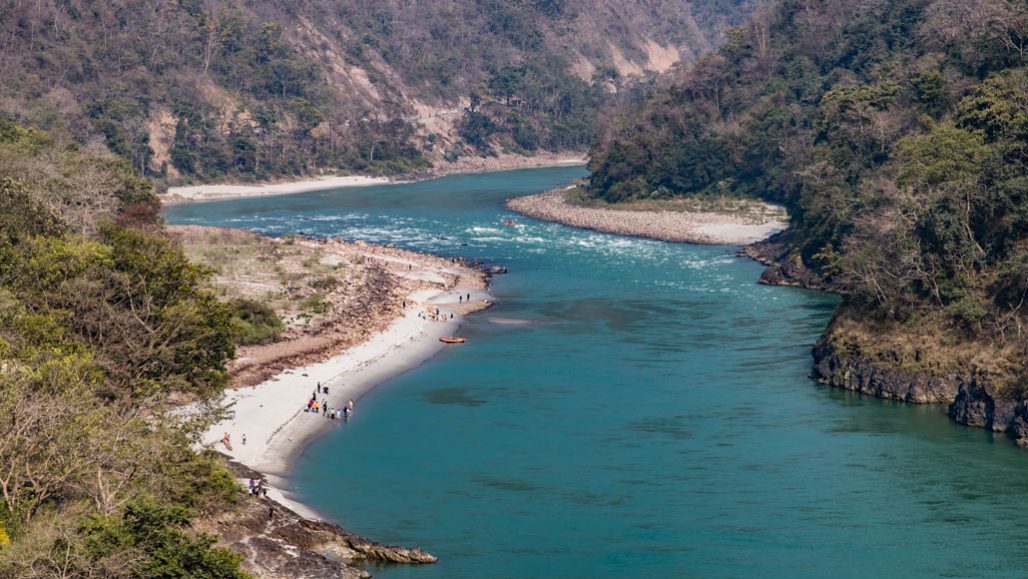agriculture The growth of plants, animals or fungi for human needs, including food, fuel, chemicals and medicine.
aquifer Rock that can contain or transmit groundwater.
climate The weather conditions that typically exist in one area, in general, or over a long period.
constant Continuous or uninterrupted. (in mathematics) A number that is known and unchanging, usually based on some mathematical definition. For example, π (pi) is a constant equal to 3.14. . . and defined as the circumference of a circle divided by its diameter.
crop (in agriculture) A type of plant grown intentionally grown and nurtured by farmers, such as corn, coffee or tomatoes. Or the term could apply to the part of the plant harvested and sold by farmers.
current A fluid — such as of water or air — that moves in a recognizable direction. (in electricity) The flow of electricity or the amount of charge moving through some material over a particular period of time.
ecology A branch of biology that deals with the relations of organisms to one another and to their physical surroundings. A scientist who works in this field is called an ecologist.
ecosystem A group of interacting living organisms — including microorganisms, plants and animals — and their physical environment within a particular climate. Examples include tropical reefs, rainforests, alpine meadows and polar tundra. The term can also be applied to elements that make up some an artificial environment, such as a company, classroom or the internet.
freshwater A noun or adjective that describes bodies of water with very low concentrations of salt. It’s the type of water used for drinking and making up most inland lakes, ponds, rivers and streams, as well as groundwater.
groundwater Water that is held underground in the soil or in pores and crevices in rock.
habitat The area or natural environment in which an animal or plant normally lives, such as a desert, coral reef or freshwater lake. A habitat can be home to thousands of different species.
irrigation An engineered supply of water to land or crops to help growth.
model A simulation of a real-world event (usually using a computer) that has been developed to predict one or more likely outcomes. Or an individual that is meant to display how something would work in or look on others.
sustainable An adjective to describe the use of resources in a such a way that they will continue to be available long into the future.
threshold A lower limit; or the lowest level at which something occurs.
tipping point A point at which some action leads to a disproportionately large or irreversible change in a process, impact or attitude.
watershed A high point in the landscape that marks the dividing line for which lake or ocean or river any flowing water will head toward. For instance, a mountain chain may mark where water on one side drains via rivers into one ocean, and water falling on the other side will drain into a different ocean (via rivers).








